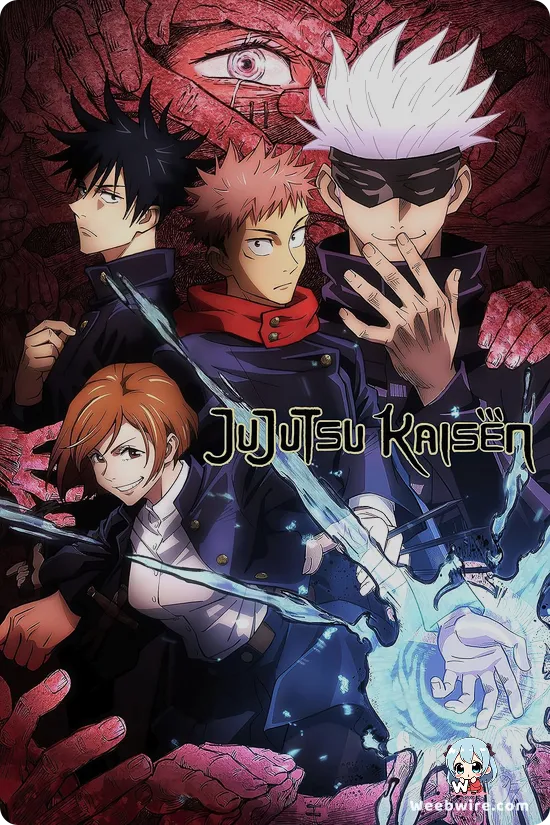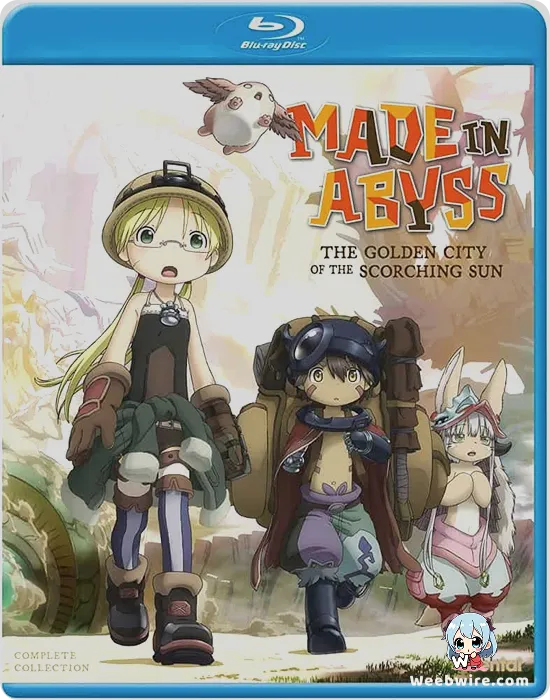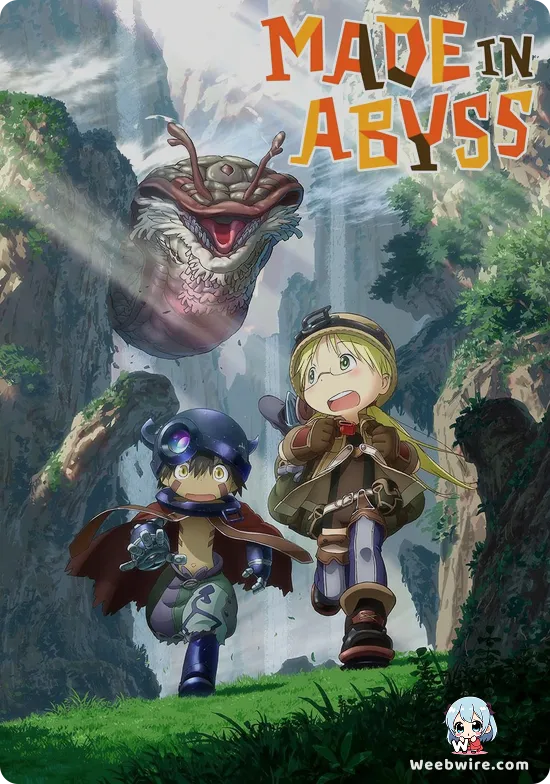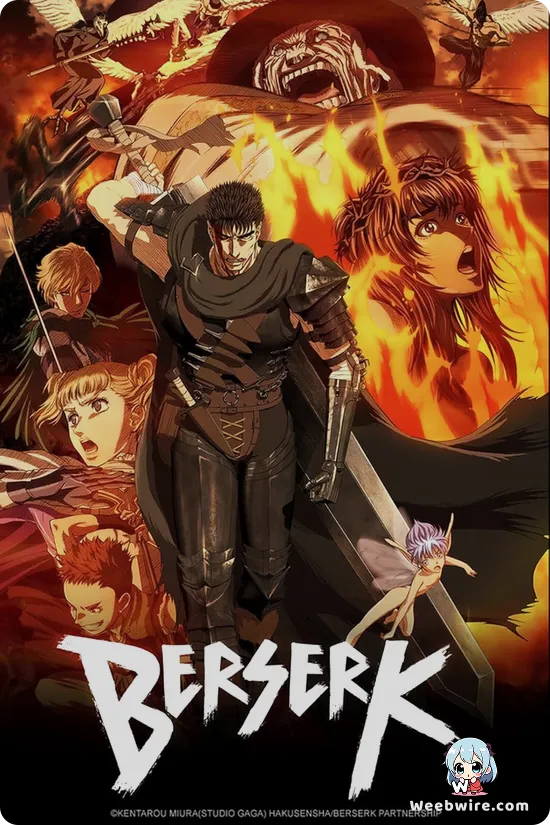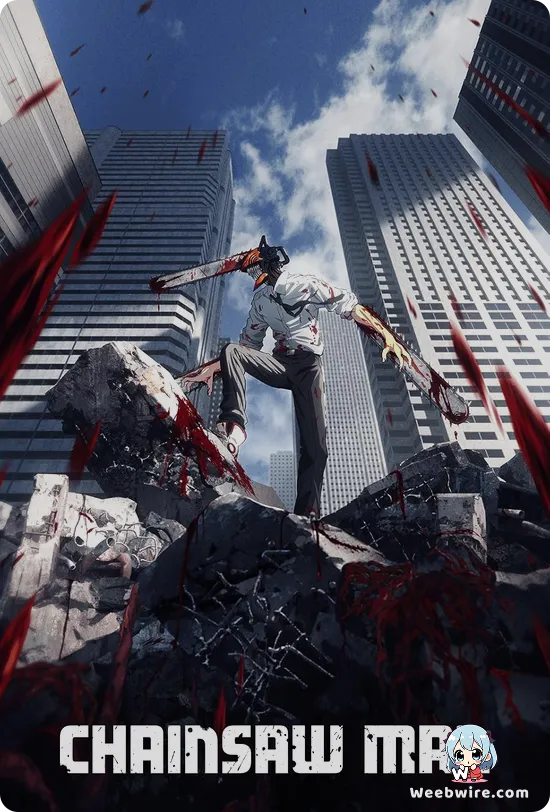Unveiling the Primal Terror: The Unforgettable Legacy of Corpse Party: Missing Footage
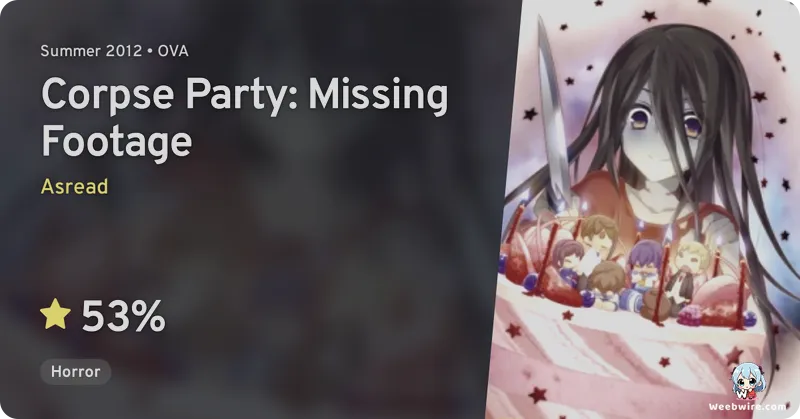
Released in August 2012, the single-episode OVA Corpse Party: Missing Footage plunged audiences headfirst into the chillingly brutal universe of the Corpse Party franchise. Far from a conventional game adaptation, this enigmatic prologue carved out a unique space within the animated series, serving as an original narrative designed to lay the grim groundwork for its successor, the four-episode OVA series Corpse Party: Tortured Souls – Bougyakusareta Tamashii no Jukyou. This unconventional approach often sparked initial confusion, yet Missing Footage stands as a powerful, self-contained introduction, unflinchingly showcasing the horrific repercussions of the Heavenly Host Elementary School curse before the deeper narrative threads of the main story unfurled.
From Indie Roots to Animated Terror
The profound impact of Corpse Party and, by extension, Missing Footage, traces back to surprisingly humble beginnings. The entire franchise originated as a doujin game, an independent, fan-made creation by Makoto Kedouin, crafted with RPG Maker. This deceptively simple 2D pixel art horror adventure, first surfacing in 1996, rapidly garnered a fervent cult following, propelled by its compelling storyline, profoundly disturbing atmosphere, and pioneering use of immersive sound. The remarkable leap from a pixelated indie title to a meticulously animated OVA like Missing Footage stands as a powerful testament to the enduring allure and terrifying potential inherent in Kedouin's original, nightmarish vision. The acclaimed studio Asread, recognized for their impactful work on series such as Mirai Nikki (The Future Diary) and Shuffle!, masterfully undertook the challenging task of translating this intensely graphic world into fluid, visceral animation, transforming pixelated dread into tangible, on-screen terror.
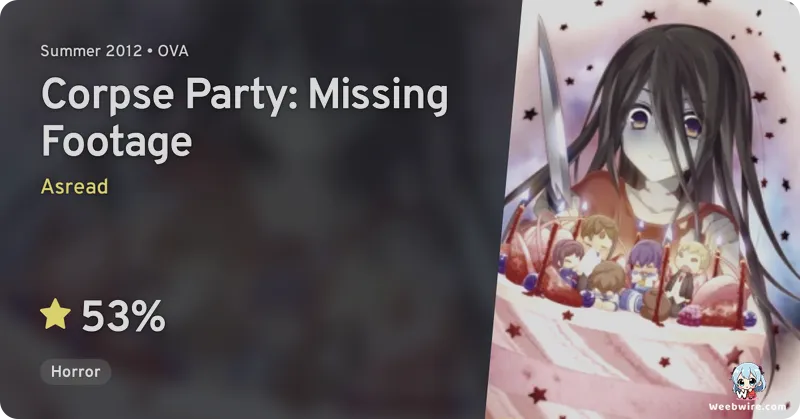
Unflinching Horror and Psychological Torment
What truly sets the Missing Footage OVA apart is its unwavering, almost audacious, commitment to depicting extreme gore and psychological torment. Even within its brief runtime, the episode recoils from no graphic depiction of violence or body horror, elements that swiftly became a defining hallmark of the entire Corpse Party series. While this unflinching dedication to its horror roots proved polarizing for some viewers, it precisely resonated with and endeared the OVA to legions of fans of the original games, who lauded its raw, unfiltered terror. The OVA’s narrative swiftly ensnares a group of Kisaragi Academy students who, by performing the seemingly innocuous "Sachiko Ever After" charm, are inadvertently hurled into the dilapidated, blood-soaked corridors of Heavenly Host Elementary School, a spectral realm haunted by the malevolent spirits of murdered children. Missing Footage zeroes in on key characters, notably Satoshi Mochida and his sister Yuka, as they grapple with the dawning, nightmarish reality into which they have been violently thrust.
The Power of Sound and Voice Acting
A crucial, yet often overlooked, facet of the Corpse Party anime adaptations, including Missing Footage, is the immense artistic pressure exerted upon the animation team to faithfully capture the unique sense of dread meticulously cultivated by the game's groundbreaking sound design. The original RPG Maker game leveraged auditory cues, from unsettling whispers and sudden, piercing screams to pervasive, disturbing ambient noises, to construct suspense and deliver spine-chilling jump scares. Translating this auditory horror into a compelling visual medium demanded meticulous attention to detail, not merely in the animation of gruesome scenes, but also in the subtle visual cues and nuanced character expressions that eloquently conveyed psychological distress. The voice cast, a cornerstone of the OVA's impact, played an equally pivotal role, with seasoned actors like Hiro Shimono (Satoshi Mochida) and Kana Asumi (Yuka Mochida) delivering chilling performances that amplified the characters' escalating fear and despair. Their uncanny ability to convey raw emotion through desperate pleas, frantic whimpers, and bloodcurdling screams profoundly contributed to the OVA's unsettling atmosphere, rendering the horror immediately visceral and deeply personal.
Setting the Stage for Deeper Depravity
Moreover, Corpse Party: Missing Footage functions as a brutal, unforgettable appetizer, establishing an exceptionally high benchmark for the horror elements that would define Tortured Souls. It masterfully illustrates the immediate, dire consequences of the charm, unequivocally demonstrating the school's malevolent influence and the profound helplessness of its victims. Unlike many horror narratives that meticulously build tension, Missing Footage almost instantaneously plunges viewers into the depths of depravity, setting the uncompromising tone for the entire animated franchise. This abruptness, compounded by its graphic nature, solidified its reputation among horror anime enthusiasts as one of the most uncompromising and impactful adaptations of its kind. The original Corpse Party game series is celebrated for its intricate branching storylines and multiple endings, some of which are dreaded "wrong ends" leading to particularly gruesome conclusions. While the anime adaptations, including Missing Footage, tend to adhere to a more linear narrative progression, they expertly cherry-pick elements from these "wrong ends" to craft a consistently horrifying experience. Missing Footage itself subtly hints at the inescapable, predestined nature of Heavenly Host, leaving viewers with a profound sense of unease and inescapable dread, rather than offering any glimmer of hope for escape or resolution within its truncated runtime. This deliberate artistic choice powerfully reinforces the overwhelming despair that unequivocally defines the Corpse Party universe.
Themes of Friendship and Survival
The enduring popularity of Corpse Party is also a resounding testament to its innovative fusion of supernatural horror with profound themes of friendship, betrayal, and the relentless struggle for survival. While Missing Footage primarily focuses on the initial shock and terror, it subtly yet effectively lays the foundational groundwork for the complex emotional stakes that become central to the longer Tortured Souls series. The pervasive fear of losing cherished loved ones, the crushing weight of past guilt, and the desperate struggle to cling to sanity are all powerful undercurrents, even within this brief OVA. The stark, jarring contrast between the students' ordinary, mundane lives and the unspeakable horrors they face amplifies the terror, making its impact all the more profound and unforgettable.
A Chilling Legacy
In summation, Corpse Party: Missing Footage transcends the simple definition of a short anime episode; it is a pivotal, indelible piece of the Corpse Party animated legacy, encapsulating the raw, uncompromising horror that defines the entire franchise. Its singular position as a standalone prologue, its fascinating origins in a humble RPG Maker game, its unflinching depiction of gore, and the masterful synergy of sound design and voice acting that vividly brought its terror to life, all coalesce to cement its status as a compelling, deeply unsettling entry point into a world where innocence is irrevocably shattered and hope remains a fleeting, cruel illusion. It stands as an enduring testament to how a small, independently created game can ignite a multi-media phenomenon, captivating global audiences with its dark, visceral narrative and leaving an indelible, chilling mark on the horror genre.
Credits
Corpse Party: Missing Footage
Author
Makoto Kedouin
Cover Art
N. Takumi
Studio
Asread
Publisher
MAGES.
Producers
